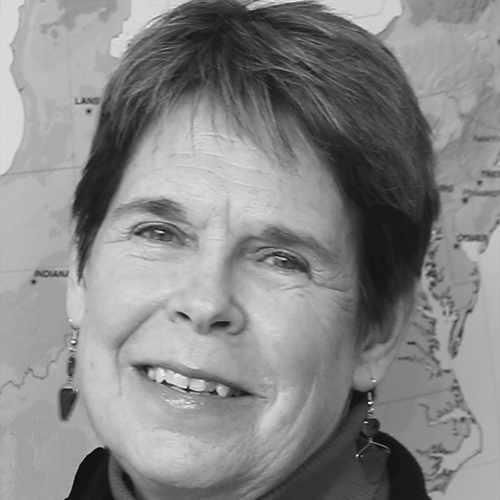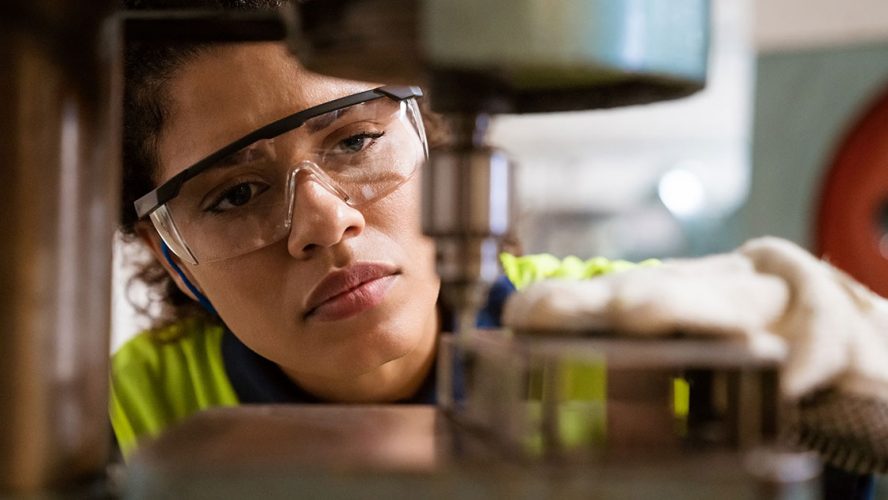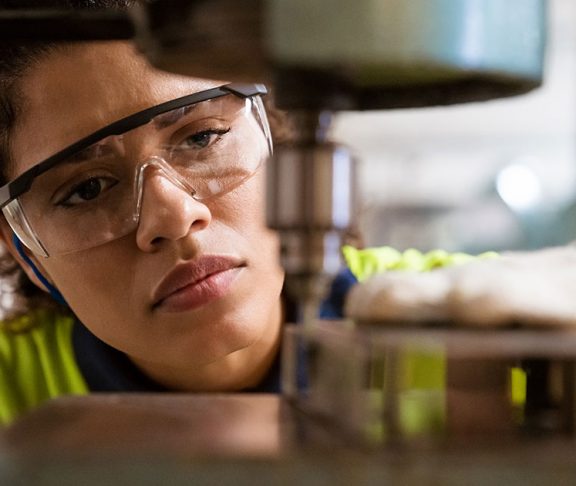A Pew report shows women are underrepresented in engineering and computers. Dr. Cherri M. Pancake, a professor of electrical engineering and computer science and Intel faculty fellow at Oregon State University, says that needs to change.
She remembers starting out years ago and being the only woman in a room full of men. She wants other women to feel empowered to get into the industry and stay.
Computer engineering was Dr. Pancake’s second career; she started out in anthropology. The methods she developed for applying user-centered design to improve user interfaces can be seen in software products from companies like IBM, Hewlett-Packard, Intel, and others.
Here she shares her insights on why and how more women can find success in computing.

Cherri M. Pancake
President, Association for Computing Machinery
What challenges do women in computer science face?
The first one is that computer engineers are geeks who want to spend their time alone, doing programming. I find that most of the young women I talked to want to do something where they’re going to work with others, where they’re going to be part of a team doing collaborative work. And this isolated geek image makes them not be attracted to computing.
The second thing is the stereotype of it being a machismo culture. Obviously, that turns off an awful lot of women too.
What kind of insights have you gleaned about attracting and retaining women in computer science?
Focus on teamwork and really make it clear that teamwork is sharing ideas and working together, not just splitting it up into parts. The second one that I think is really important is reaching out to other disciplines. We started a post-baccalaureate program at Oregon State. It lets you get a second bachelor’s degree in computing, working online at your own pace, in as little as 12 months. From an employee’s perspective, it makes them much more attractive to employers. That program has a 100 percent hiring rate and is extremely popular with employers.
You’re president of the Association for Computing Machinery (ACM). What initiatives has ACM worked on to increase the participation of women in computing?
One that’s most visible is the ACM-W, the ACM’s community for women in computing. It started out originally to provide sort of some forums where women could interact with peers and get to know peers and feel more of a sense of being included in the community. But it has grown incredibly all over the world.
What are a few ways that computing professionals, universities, and companies can increase this participation of women in computing?
You need to emphasize collaboration. You need to emphasize opportunity for growing as a group; you need to emphasize the things that appeal to somebody who isn’t a geek and isn’t macho.
Managers and bosses need to take some responsibility for encouraging one-on-one and small group support network. They benefit the men, too, but they’re critical to retaining women. Otherwise, even if you hire the best woman in the world, you’re going to have trouble retaining her.
What would you love to see 10 years down the line for women in this industry?
Women in computing definitely should be much more representative of the population at large, because computing is so integral to everybody’s lives. But where I see the biggest change needed in terms of numbers is that only 14 percent of leadership positions in the technology field are held by women.
When we have a free and respectful interchange of opinions, we end up with a much better product, regardless of whether we’re talking about designing a course or a product or how to use an application in a clinic somewhere.

